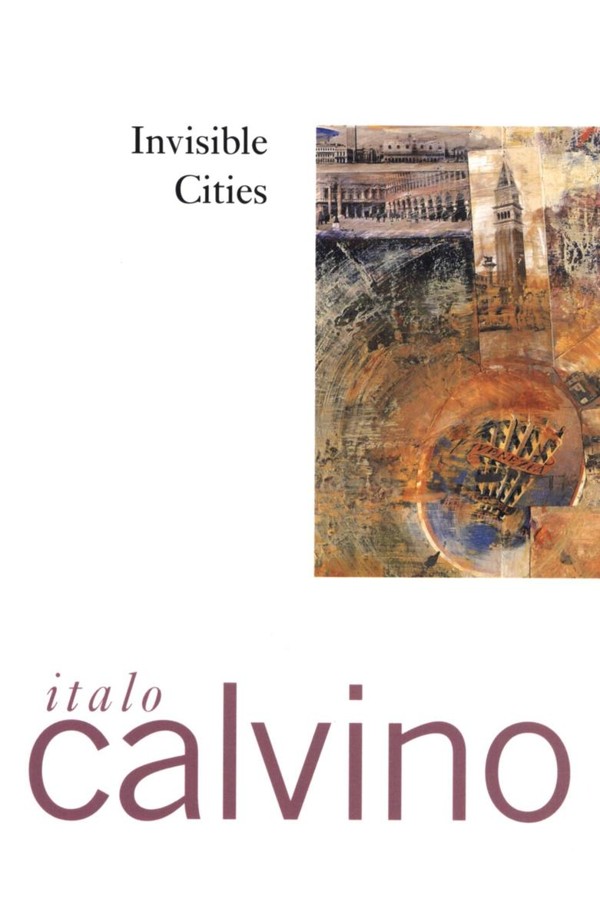
Hong Kong architect William Lim and the Italo Calvino novel that changed his life, Invisible Cities
The conceptual ‘bible for architecture students’ teaches what makes a city tick beyond its buildings
In Italian postmodern novelist Italo Calvino’s Invisible Cities (1974), Marco Polo narrates tales from his journey to meet Kublai Khan through a collection of 55 short prose poems describing fictitious cities, interspersed with metatextual conversations between the pair.
Intricately patterned and rich in poetic imagery, it is both an unconventional architectural manifesto and a meditation on such weighty subjects as time, memory, the subjectivity of experience and the inadequacies of language. Architect, artist and art collector William Lim explains how – in its best-known translation, by Calvino collaborator William Weaver – the book changed his life.

It’s a very unusual book. I was used to reading novels, but the structure of this book is completely different. It’s extremely conceptual and very architectural in its structure. We deal with a lot of concepts in architecture and almost every project needs to have a theme running through it. And each chapter of this book has a concept – the strong character of a city that you’ll remember.
Architects have to present ideas and verbalise what we design; like the book, we need to structure concepts in verbal form. Also, the structure of the book is like a series of columns – each chapter is a column that holds up the building.
Hong Kong architect William Lim’s all-embracing aesthetic on show
What’s also interesting is the way each chapter is structured. This approach shows that it’s not the physical aspect of a city that’s most memorable – it’s really the people and the things that happen there. I found this insightful from an architecture and urban planning point of view.
I learned that the strongest component of a city isn’t its physical form. There’s another part, perhaps a more important part, that’s about its life, and this changed the way I saw architecture. This is particularly interesting when we think about Asian cities, which are often about architecture, form, landmark buildings. But these are not really the most important aspects of a city.
I read another of Calvino’s books, If on a Winter’s Night a Traveller [a 1979 postmodern novel partly about a reader trying to read a novel called If on a Winter’s Night a Traveller], and again I loved it because the structure of the book is deconstructive. You could do that to a physical building, but Calvino did it to literature. It was the first time I’d read a novel that was not about the story but about literature itself.

I re-read Invisible Cities a few years ago, when I held an exhibition of my work from the previous 40 years. Part of my preparation involved going back over my training and seeing how it influenced me, and I had a different experience when I re-read it.
What stuck in my mind the first time was the descriptions of cities. When I re-read it, I found more – it talks about the memories of what happened in cities rather than cities themselves. Kublai Khan is starting to lose his empire, the physicality of things is starting to fade away, and what’s left is the memory of things. You notice different things when you get older yourself.

